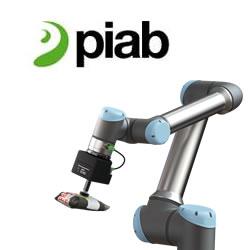Swarms of Robots Manage to Not Run Into Each Other
LG Electronics To "Aggressively Invest" In Robotics
Sony company chief hints at company's plans to head into robotics and AI
The First Autonomous, Entirely Soft Robot
Dexmo Robotics has created a mechanical exoskeleton glove for VR use
AMAZON HAS BEGUN TESTING DRONES AT THIS ENGLISH FARM
Robot Octopus Points the Way to Soft Robotics With Eight Wiggly Arms
NASA's new $1 million Space Robotics Challenge to prepare robots for Mars journey
Insect-Sized Drone Will Spy On Terrorists
Stanford's 'Jackrabbot' paves way for social robotics
Siemens' World-record Electric Aircraft Motor Punches Above Its Weight
University of Surrey presents a roadmap of space robotics
The Third Offset Must Update Asimov's Laws of Robotics
Robotics Gone Wild: 8 Animal-Inspired Machines
Cozmo Is an Artificially Intelligent Toy Truck That's Also the Future of Robotics
Records 451 to 465 of 560
First | Previous | Next | Last
Featured Product

